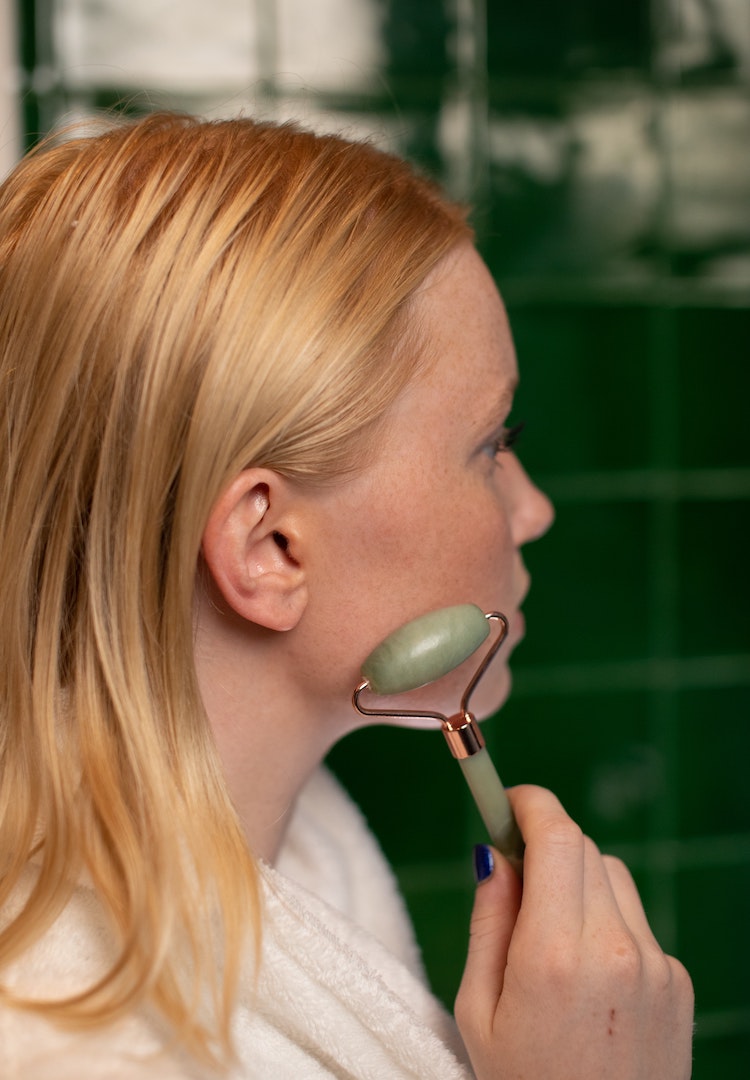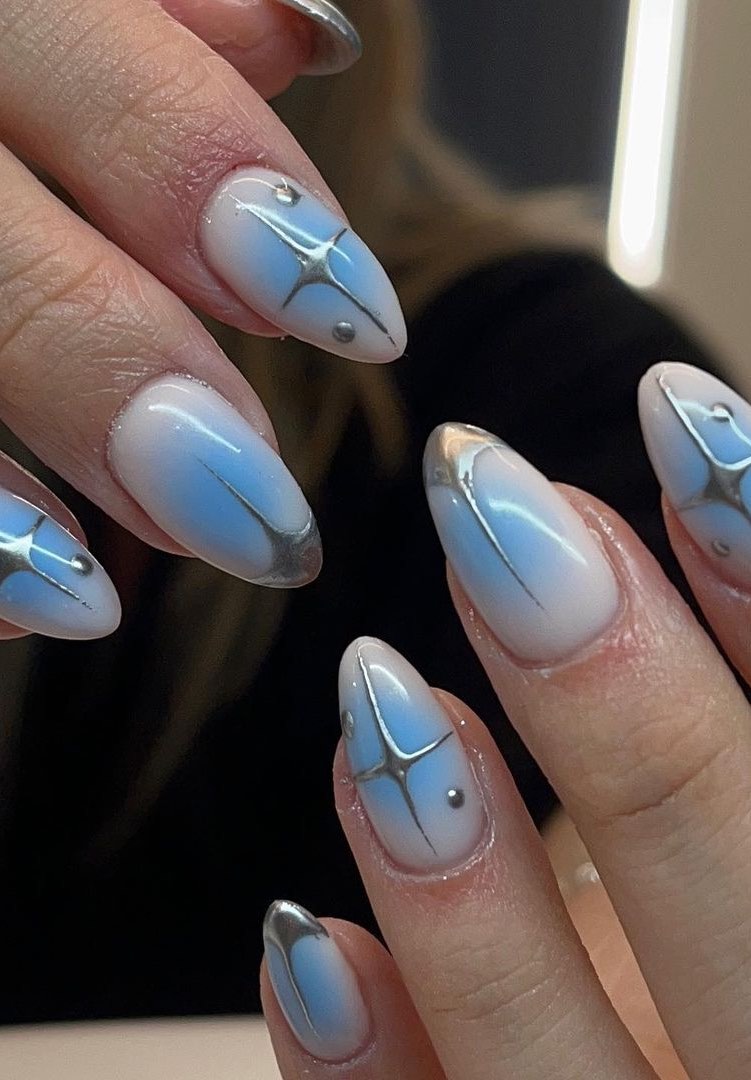How can I tackle my hair loss? An expert weighs in
IN PARTNERSHIP WITH HAIR AND SKIN SCIENCE
WORDS BY FASHION JOURNAL
Answering your hairy questions.
One of the longstanding beauty taboos is hair loss. For men and women alike, hairline and thickness changes can take a toll on self-esteem. It’s nothing to be ashamed about, in fact, hair loss is extremely common. “Around 70 per cent of men and 40 per cent of women experience permanent hair loss at some point in their lives,” Royce Newton, the Managing Director of Hair and Skin Science, tells us.
We like nosy people. Don’t be shy, head to our Beauty section for more.
If premature hair loss is something you’re concerned with, there are multiple interventions and options available to you. Here, Royce shares the truth behind receding hairlines and what you can expect from various hair loss treatments.
How common is hair loss? Does it differ for men and women?
Hair loss is a common issue, and it happens to many people. Men often experience hair loss at a younger age than women. By age 35, about two-thirds of men will have some degree of hair loss. Hair loss affects different parts of the scalp in men and women. Men typically thin at the front and crown, while women tend to thin on the top of the scalp.
Why do hair loss and receding hairlines happen?
Receding hairlines are normal and part of puberty and ageing. Males typically experience a receding frontal hairline, which begins just above the temples. While females more commonly have diffuse hair thinning in the middle of the head. Symptoms of a receding hairline may begin to develop after the end of puberty or anytime throughout adulthood.
Genetics plays a significant role in hair loss for both men and women too. Women can also experience hair loss due to hormonal imbalances during life events like pregnancy, childbirth and menopause. The hormone estrogen plays a crucial role in these phases, and changes in hormonal levels can impact hair health. However, it’s important to note that research on gender differences in the psychosocial effects of hair loss has also been limited, yielding mixed findings.
What are the different types of hair loss?
Hair loss can occur in various ways and for different reasons. Some common types of hair loss include:
- Androgenetic alopecia (also known as male and female pattern baldness): The most common type of hair loss. It’s often hereditary and results in a receding hairline in men and diffuse thinning in women
- Alopecia areata: This autoimmune condition causes hair loss in small, round patches on the scalp or other parts of the body. It can be sudden and unpredictable
- Telogen effluvium: Typically triggered by stress, illness, medications, or hormonal changes, this condition causes a large number of hair follicles to enter the resting phase simultaneously, leading to temporary hair shedding
- Traction alopecia: This is hair loss caused by repeated pulling or tension on the hair, often due to tight hairstyles like braids, cornrows, or hair extensions
- Scarring alopecia: Various skin conditions, such as lichen planus and lupus, can cause scarring that damages hair follicles, leading to permanent hair loss
- Trichotillomania: This is a psychological disorder characterized by the compulsive urge to pull out one’s hair, which can result in hair loss
- Anagen effluvium: Usually caused by chemotherapy or radiation therapy, this type of hair loss occurs when the hair shaft is abruptly pushed into the shedding phase, leading to rapid hair loss
- Nutritional deficiency-related hair loss: Inadequate intake of certain nutrients, such as iron, zinc, and biotin, can lead to hair thinning and loss
- Hormonal Changes: Hormonal imbalances due to pregnancy, menopause, or conditions like polycystic ovary syndrome (PCOS) can result in hair loss
- Medication-induced hair loss: Some medications, including certain antibiotics, antifungals, and antidepressants, can cause hair loss as a side effect
- Physical trauma: Physical trauma to the scalp, such as from burns or accidents, can lead to hair loss in the affected area
- Cicatricial (scarring) alopecia: This rare group of disorders involves inflammation and destruction of hair follicles, often leading to permanent hair loss and scarring
How can you tell if your hairline is changing?
Stand in front of a mirror and lift your eyebrows. If you can fit only a finger’s width between your hairline and the highest wrinkle on your forehead (where your hairline was when you were younger), it’s likely a normal sign of your hairline maturing.
A maturing hairline usually stops at this point. But if your hairline keeps moving back and there’s a gap wider than a finger’s width, you might have a receding hairline. If you notice your hairline receding at a fast rate or not relative to your age then you might want to seek medical advice.
What is PRP treatment and what can people expect from it?
Platelet-rich plasma (PRP) therapy for hair loss is a medical procedure that harnesses the power of a patient’s own blood to stimulate hair growth. It has gained popularity as a non-surgical solution for individuals grappling with hair thinning or loss. Here’s a breakdown of PRP treatment for hair loss:
The process commences with the extraction of a small blood sample from the patient’s arm. This blood sample is then subjected to centrifugation, a process that separates the platelet-rich plasma from other components of the blood. The plasma, now enriched with platelets, is meticulously separated and concentrated to create PRP.
The PRP is subsequently injected into the areas of the scalp experiencing hair thinning or loss. Occasionally, it is paired with microneedling, involving minor scalp punctures to enhance PRP absorption. PRP injections are generally considered minimally invasive, allowing patients to resume their daily routines shortly after the procedure.
Who is PRP treatment for and what’s the upkeep like?
PRP treatment for hair loss is often considered for individuals dealing with androgenetic alopecia, male or female pattern baldness, thinning hair, hair loss stemming from stress or medical conditions or those preferring non-surgical hair restoration options.
A series of PRP treatments, spaced several weeks apart, are typically recommended initially. Periodic maintenance sessions may also be advised. To uphold the benefits of PRP treatment, routine maintenance sessions, typically scheduled every six to 12 months, might be necessary. Some individuals may choose to combine PRP treatment with other hair loss therapies or medications for enhanced outcomes.
What is PRF treatment and what can people expect from it?
PRF (platelet-rich fibrin) treatment for hair loss is a regenerative procedure that involves using a patient’s own blood to stimulate hair growth. It’s a minimally invasive and natural approach to addressing hair loss.
The procedure begins with the collection of a small amount of the patient’s blood, typically from their arm, similar to a routine blood draw. The collected blood is then processed in a centrifuge machine to separate the platelets and growth factors from other blood components. This results in a concentrated PRF solution.
The PRF solution is prepared and then injected directly into the scalp in the areas where hair loss or thinning is a concern. The injection process may involve using fine needles or a microneedling technique to create micro-injuries that encourage the PRF to work effectively. The growth factors in PRF promote cell proliferation and tissue regeneration in the hair follicles, potentially leading to improved hair growth and thickness over time.
Who is PRF treatment for and what’s the upkeep like?
Suitable candidates include people with androgenetic alopecia, male or female pattern baldness, thinning hair, hair loss stemming from stress or medical conditions or those preferring non-surgical hair restoration options.
To maintain the results of PRF injections, individuals may need periodic maintenance sessions, typically once or twice a year. It’s essential to follow the provider’s recommendations for ongoing care.
To find out more, head to Hair and Skin Science.










